How do your players warm up? Does it affect your team performance?
I love attending football matches in person at the stadiums. As a spectator and from an external perspective and dynamic to a team, I enjoy the reality of the game and spectacle. The environment, the competitive atmosphere and the future of the multiple factors that occur, are impossible to experience in the viewing of a good game on television.
Last weekend, I was able to enjoy a great match with my family. There were many goals, and two teams with very solid and recognizable models. But a small or large detail caught my attention because I also saw it in some way related to the team’s performance. The different warm-ups carried out before and during the competition were fundamental in the final performance. Within my humble experience in the world of sports and through the holistic understanding of football and life, I understand that the whole is much more than the sum of the parts, and in this way the connection of the non-game is also associated with final score.
In one of the last scientific articles that I have read (Kobal et al, 2022), they show that the teams that make more substitutions (5) finish or dose their overall load better than those that make fewer substitutions (3 or less), not having significant differences in physical or technical variables between teams. Therefore, and especially in periods of high competitive congestion, it seems that the inclusion of more players during a match allows a better balance between stress and recovery for the teams, and in this way the warm-up processes before and during the match should also be reviewed and optimized.

Pre-match warm up
Many professionals prepare the pre-match warm-up of their teams and players down to the finest detail. Sometimes, within this space, we can even watch mini-training sessions where we can observe multiple exercises and training tasks that are connected in one way or another, or not, with the team’s game model and its intentions in competition. In some teams I like to see a space where the player himself regulates himself and performs individual exercises that probably improve his physical but also mental activation, although in some way they disorganized the image of collective order.
In this routine, I am also passionate about observing the order, the synchrony of the movements of different players, their degree of concentration, and above all the level of understanding of the task or the content they are executing. At the same time, and finally, I also analyze the final state of that process, that is, at what level of preparation do they go back to the locker room about 8-10 minutes before kick-off.
Half-time warm up
At half-time, various scenarios can occur: players individually taking the initiative to activate in case they are required in the second half; players who warm up in a more directed way as they have been informed that they will immediately go out onto the field of play; and finally, players who, regardless of whether they are going to participate or not, are activated again as a team in a global and joint manner in this period of time.
This third case gives me a lot of information because at a collective level it requires a series of very important agreements and values as a team. It is the second time normally, that the players are activated in a conscious and joint way regardless of whether or not they will be used in the subsequent competition.
And of course, the role, involvement and attitude of the physical trainer or assistant coach who directs it is fundamental and key at this time. The respect, professionalism and generosity of the player with which this second activation is delivered towards individual and team performance, I would say is closely related to the result.

Sideline warm up – substitutions
Once a player is called by the coach to the warm-up area on the sideline during the game, he knows the intentions and the high probability of participating in the game. In these cases, the correct adjustment of the times and the needs of the team are key to being able to do a minimum but necessary warm-up to be able to enter the game with a possibility of influencing the performance of your team.
In moments of change and substitutions, adequate information and forecast of times and instants by the coaching staff can also make this warm-up much more orderly, sequenced and progressive with the aim of not tiring the athlete physically or mentally.
The relationship of these players with their teammates on the wing, with their opponents (who also warm up with the same objective) and even with the actions of the game is something that is impossible to demonstrate, but I think it is related to performance.
And after all this, how does your team warm up? how do your players warm up? What spaces, times and tasks do you use for them? do you think there may be a connection of this content in the non-game with the final performance?
I hope to hear some of your answers, and above all to continue to see and analyze the influence of these warm-ups and their details on the final collective performance of our teams.
Greetings, let’s keep moving forward…
AG

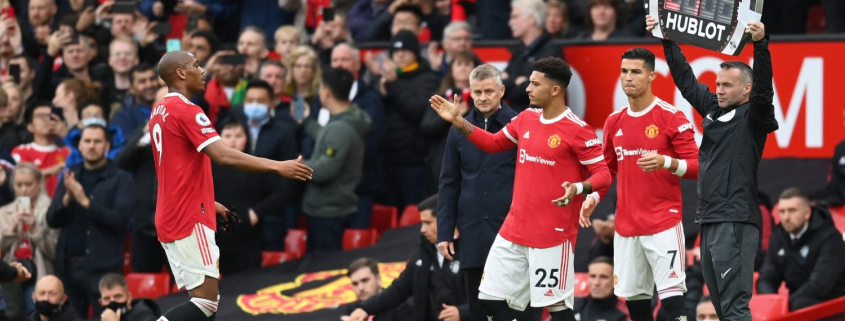
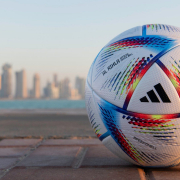


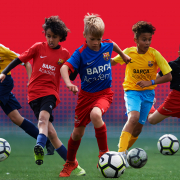
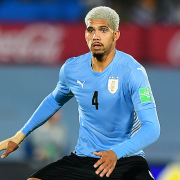

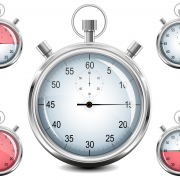


Leave a Reply
Want to join the discussion?Feel free to contribute!